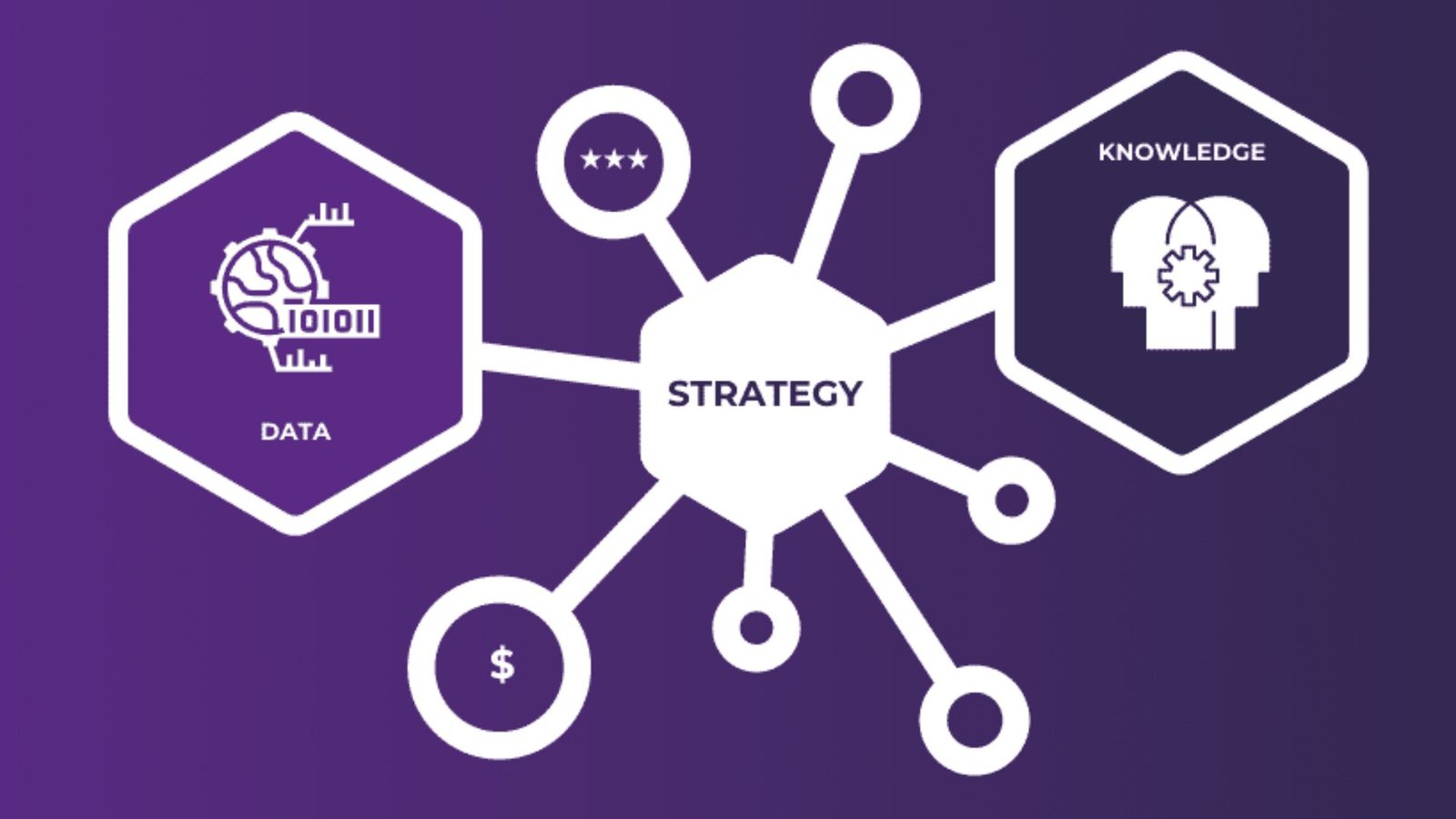Managing tacit knowledge is crucial for organizations aiming to retain valuable insights and skills within their teams. In this article, we’ll share effective tips for managing tacit knowledge, ensuring your organization harnesses this invaluable asset.
Understanding Tacit Knowledge
Tacit knowledge encompasses the skills and insights that individuals acquire through personal experiences. This knowledge is often context-specific and can include everything from problem-solving abilities to interpersonal skills. Since it is not easily written down or transferred, managing tacit knowledge requires intentional strategies that foster sharing and collaboration among team members.

1. Foster a Collaborative Culture
Creating a collaborative environment is one of the most effective ways to manage tacit knowledge. Encourage team members to share their experiences and insights openly. This can be achieved through team meetings, brainstorming sessions, and informal discussions. When people feel comfortable sharing their knowledge, it creates an atmosphere where tacit knowledge can flow freely.
2. Utilize Mentorship Programs
Mentorship programs are an excellent way to facilitate the transfer of tacit knowledge. Pairing less experienced employees with seasoned professionals allows for the sharing of valuable insights. Mentors can pass on their experiences, provide guidance, and help mentees develop their skills. This one-on-one interaction is an effective method for managing tacit knowledge within your organization.
3. Encourage Storytelling
Storytelling is a powerful tool for sharing tacit knowledge. Encourage employees to share their personal experiences and anecdotes related to their work. These stories can convey complex ideas and lessons that might be difficult to articulate otherwise. By fostering a culture of storytelling, you help team members connect emotionally with the knowledge being shared.
4. Document Best Practices
While tacit knowledge is inherently difficult to document, it’s essential to capture best practices wherever possible. When team members identify effective methods or strategies, encourage them to write down their experiences. This could include case studies, project summaries, or lessons learned. Documenting these insights can serve as a reference for others and help preserve valuable tacit knowledge.
5. Create Knowledge Sharing Platforms
Establishing platforms for knowledge sharing can significantly enhance the management of tacit knowledge. Use intranet systems, forums, or social media groups where employees can share their insights and experiences. These platforms facilitate ongoing conversations and provide a space for team members to seek advice and share knowledge.
6. Implement Job Rotation Programs
Job rotation programs allow employees to gain a broader understanding of the organization and its operations. By moving between different roles or departments, employees can share their tacit knowledge and learn from others. This practice not only helps in managing tacit knowledge but also fosters a more cohesive and versatile workforce.
7. Conduct Regular Training and Workshops
Training and workshops can be excellent opportunities to manage tacit knowledge. Organize sessions where team members can share their skills and expertise. This could be through presentations, hands-on training, or group activities. By actively engaging in knowledge-sharing practices, employees can transfer their tacit knowledge to others in a structured way.
8. Recognize and Reward Knowledge Sharing
Encouraging tacit knowledge sharing requires recognition of those who contribute. Implement reward systems that acknowledge employees for sharing their knowledge. This could include public recognition, bonuses, or professional development opportunities.
9. Create an Open Feedback Loop
Establishing an open feedback loop encourages continuous learning and sharing of tacit knowledge. Regularly solicit feedback from team members about their experiences and insights. Use this feedback to improve processes and identify areas where knowledge sharing can be enhanced. This practice ensures that tacit knowledge remains relevant and useful.
10. Leverage Technology Wisely
Technology can play a significant role in managing tacit knowledge. Utilize tools that facilitate communication and collaboration, such as video conferencing, chat applications, or project management software. These technologies can help break down barriers and make it easier for employees to share their knowledge, regardless of their physical location.
Conclusion
Managing tacit knowledge is essential for fostering a knowledgeable and skilled workforce. By creating a collaborative culture, utilizing mentorship programs, and encouraging storytelling, organizations can effectively capture and share tacit knowledge. Implementing these strategies not only preserves valuable insights but also enhances overall performance and innovation within the team.











